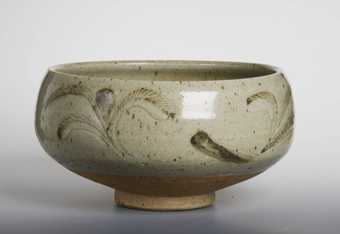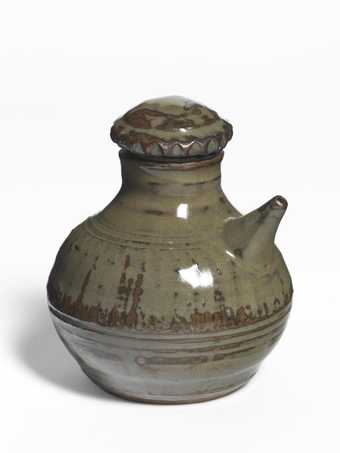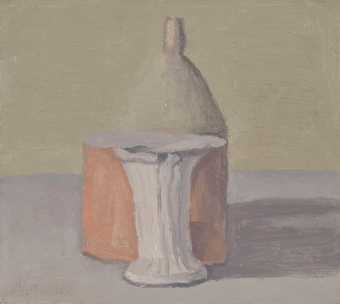A silent line of porcelain beakers waits in a window for the light to hit their rims and their ordinary beauty to become radiant.
Gwyn Hanssen Pigott, Catalogue of Ideas, 1996
Caravan is the first major touring exhibition by this Australian artist in the UK. Gwyn Hanssen Pigott is one of Australia's most successful ceramic artists, with a career spanning over forty years. She is renowned for the abstract simplicity of her meditative, off-white porcelain pots, arranged in close groupings; which can be seen both as metaphors and as ordinary everyday objects.
Born 1935 in Ballarat, Victoria, she came to England in 1958 and worked with Bernard Leach and Michael Cardew, afterwards working in London and France, before setting up her pottery in Australia. Inspired by the work of modernist potters Bernard Leach and Hans Coper, as well as the still-life paintings of Giorgio Morandi, since the 1980s she has evolved 'inseparable' groups of translucent porcelain forms, which create a dynamic with one another and the viewer. For Tate St Ives, she has created an extraordinary 55' still-life installation, where the physical and psychological potential of the pot is expressed to its fullest potential.
Hanssen Pigott pares down and simplifies the everyday shapes of daily life; the jugs, bowls, cups, bottles and teapots. The shapes gently open or swell like flowers or plants, and are glazed in a restrained palette, in harmony with forms that are at once both delicate and robust. The groupings are arranged in long linear processions, in groups which range from seven to twenty-one pieces, and convey a powerful sense of the tribe or family. The titles can be suggestive of travel; Caravan 2, Blue Travellers, Wave and Trail with Blue Bowl are evocative, not only of passage, but also purpose.




